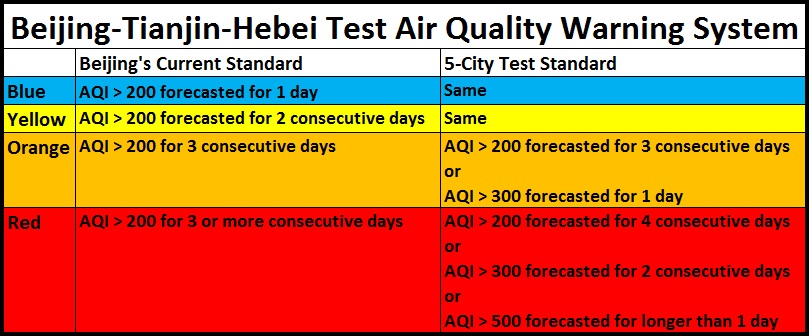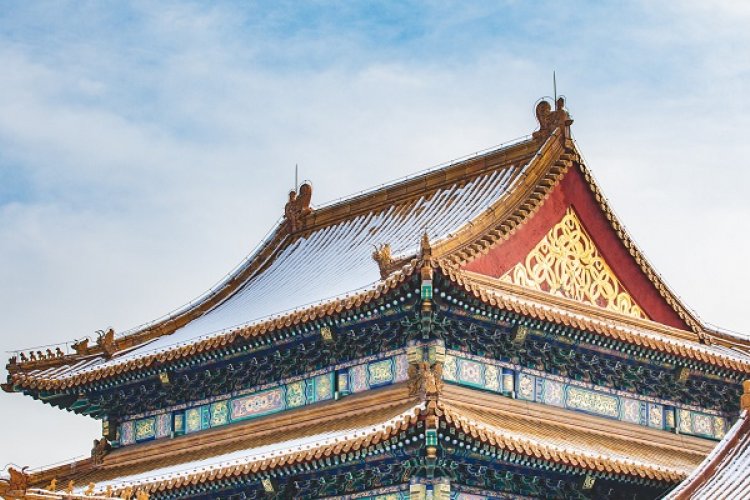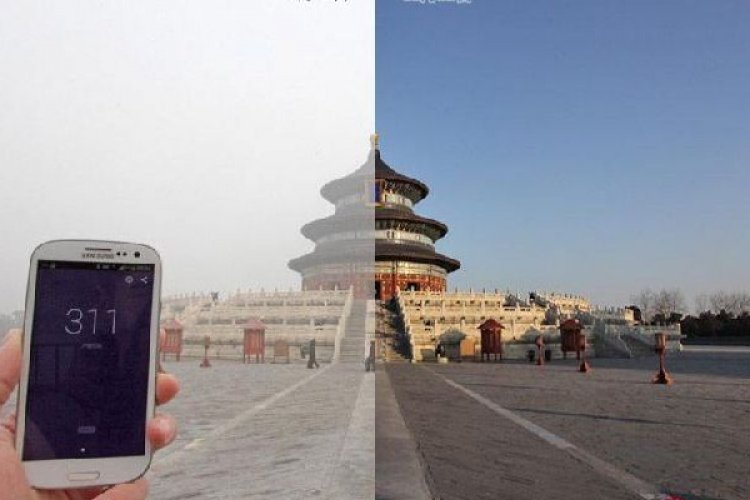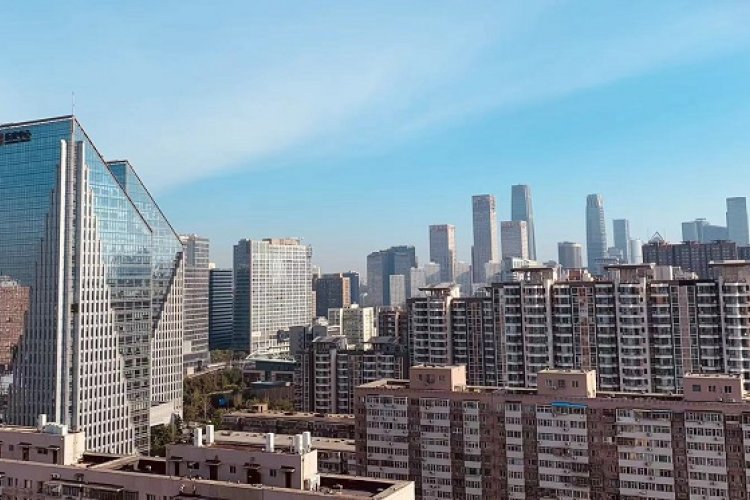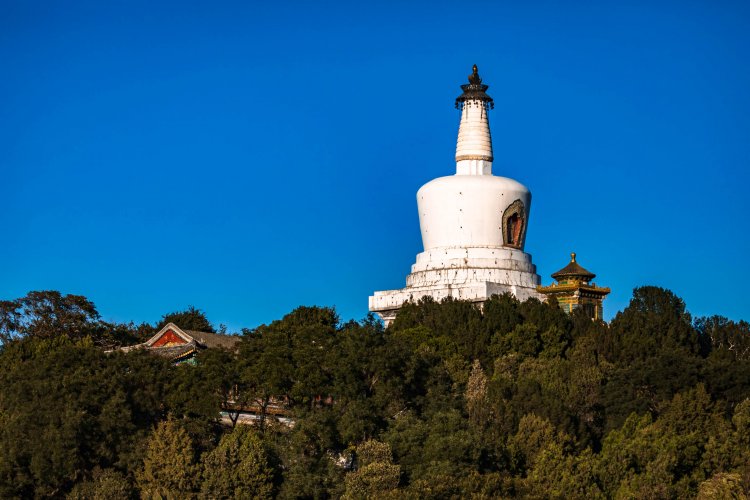Beijing, Five Area Cities Join In for Trial Adjustment of Air Quality Warning System
Five surrounding cities will join Beijing in a trial adjustment of the Air Quality Warning System that resulted in the declaration of two Red Alerts this winter under the direction of the federal Ministry of Environmental Protection.
The five cities that will work with Beijing are Tianjin and the Hebei cities of Tangshan, Baoding, Langfang, and Cangzhou, some of which often turn up in annual lists of the cities with the worst air quality nationwide.
The move is significant for Beijingers because a large portion of the stuff that mucks up Beijing's air (experts differ on just how much) floats in from neighboring cities, and any controls applied outside of Beijing are likely to result in better air for us in the capital.
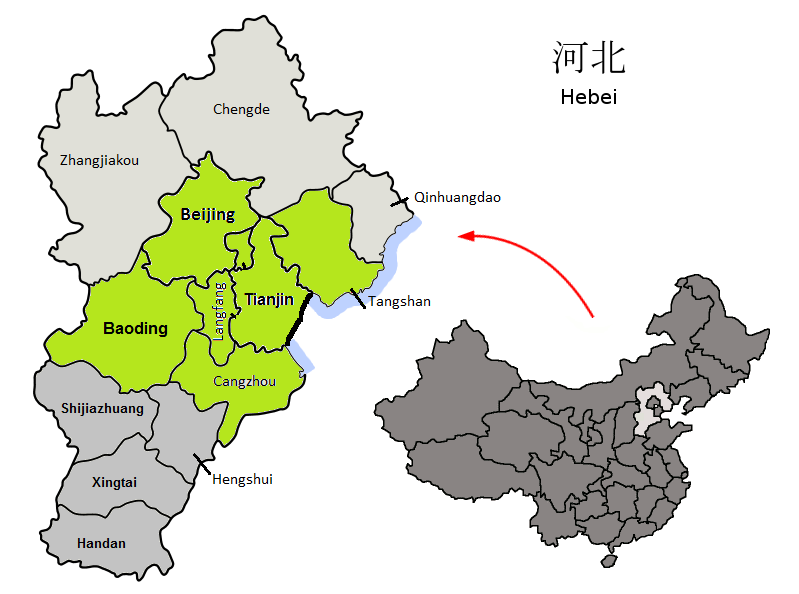
The trial lasts now through March 31 and all of the areas covered by the plan will act in unison in declaring air alerts.
In the process the four-color warning system will also undergo a slight alteration, with changes to the two highest levels: the Orange and the Red Alerts.
Blue Alert:
AQI does not exceed an average of 200 for any 24-hour period.
Yellow Alert:
AQI >200 forecasted for 2 consecutive days
Orange Alert:
AQI > 200 forecasted for 3 consecutive days
or
AQI > 300 forecasted for 1 day
Red Alert:
AQI > 200 forecasted for 4 consecutive days
or
AQI > 300 forecasted for 2 days
or
AQI > 500 forecasted for longer than 1 day
Unfortunately the ministry offered no clarification on the prickly issue of whether schools should be closed during Red Alerts, an issue that caused a lot of confusion and debate during the previous two Red Alerts declared in Beijing late last year. The ministry stated that each city will implement school closures "as appropriate".
The ministry has pledged to further expand the pilot project to neighboring cities and provinces and overhaul the measures taken by each city during air warnings as a result of the two-month trial.
Images: the Beijinger

